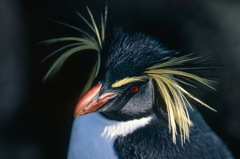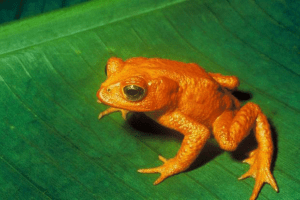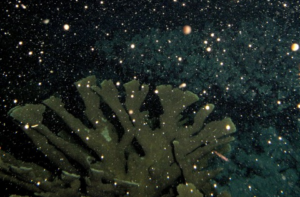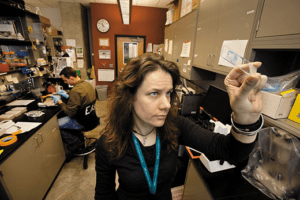Michelle Nijhuis
- 2011

Fellowship Title:
- The New Ark: Rescuing Rare Species in an Age of Global Change
Fellowship Year:
- 2011

Which Species Will Live?
The ashy storm-petrel, a tiny, dark-gray seabird, nests on 11 rocky, isolated islands in the Pacific Ocean off the coasts of California and Mexico. Weighing little more than a hefty greeting card and forced to contend with invasive rats, mice and cats, aggressive seagulls, oil spills and sea-level rise, it faces an outsize fight for survival.

A Rise in Fungal Diseases is Taking A Growing Toll on Wildlife
On the southeastern outskirts of Washington, D.C., inside the Smithsonian Institution’s cavernous Museum Support Center, one can see some frogs that no longer exist. Alcohol-filled glass jars hold preserved specimens of Incilius periglenes, the Monte Verde golden toad;

Frozen Sperm Offer a Lifeline for Coral
COCONUT ISLAND, Hawaii — Just before sunset, on the campus of the Hawaii Institute of Marine Biology, Mary Hagedorn waited for her mushroom corals to spawn.
As corals go, Fungia is fairly reliable, usually releasing its sperm and eggs two days after the full moon.

Crisis in the Caves: Researchers Race to Protect Bats from White-Nose Syndrome
Inside the gaping mouth of Mammoth Cave, hibernating bats sleep in permanent twilight, each huddled in its own limestone crevice. Every fall, these big brown bats (Eptesicus fuscus) squeeze their furry bodies into nooks in the cave walls.
